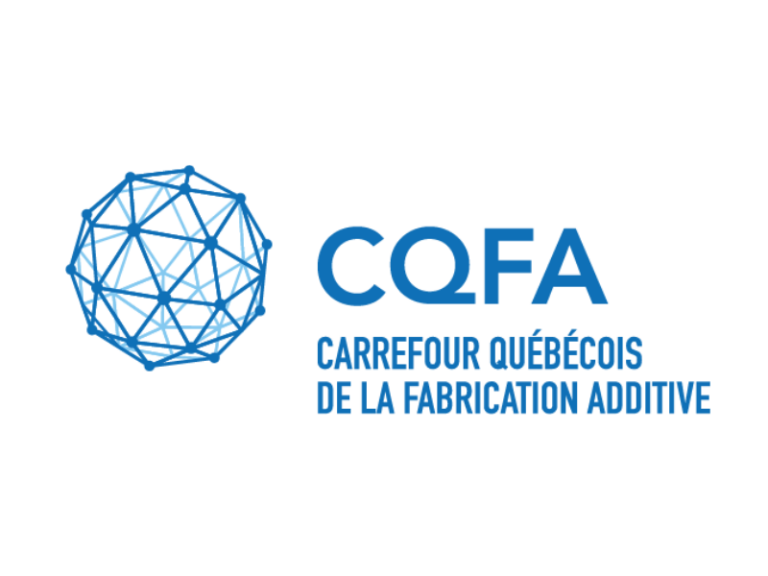
2025/02/07
3D bioprinting of thick core–shell vascularized scaffolds for potential tissue engineering applications
Ajji, Z.; Jafari, A.; Mousavi, A.; Ajji, A.; Heuzey, M.C.; Savoji, H. (2025). 3D bioprinting of thick core–shell vascularized scaffolds for potential tissue engineering applications. European Polymer Journal 222 (2025) 113964.
The promise of tissue engineering in developing functional, living, 3D thick structures has been limited due to the constraints of nutrient and oxygen delivery through diffusion. Although advancements in additive manufacturing approaches have enhanced the fidelity and complexity of 3D (bio)printed constructs, the vascularization of such scaffolds is less investigated. Here, we have leveraged extrusion-based 3D bioprnting of core/shell constructs to develop millimeter-thick scaffolds with embedded microvasculature for potential soft tissue repair. Composites of methacrylated gelatin (GelMA) and gelatin have been used for this purpose. A systematic approach was used to investigate the effect of parameters, such as material and photoinitiator concentrations, and photocuring time, on the properties of constructs. Results have shown the structures have Young’s modulus close to the soft tissues. 3D bioprinting parameters were optimized so that the printing and photo crosslinking procedures did not negatively affect the cell viability. It was also observed that a continuous hollow inner core could be successfully printed within the scaffolds, which upon incorporation of endothelial cells during the 3D bioprinting process, could form micro-vessels embedded in the constructs. Together, our results demonstrate the significant potential of the proposed approach for developing thick vascularized tissue-engineered scaffolds suitable for soft tissue engineering.